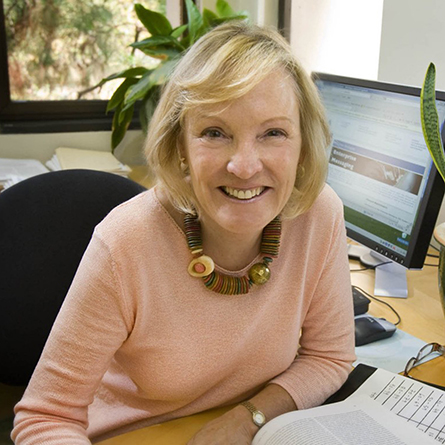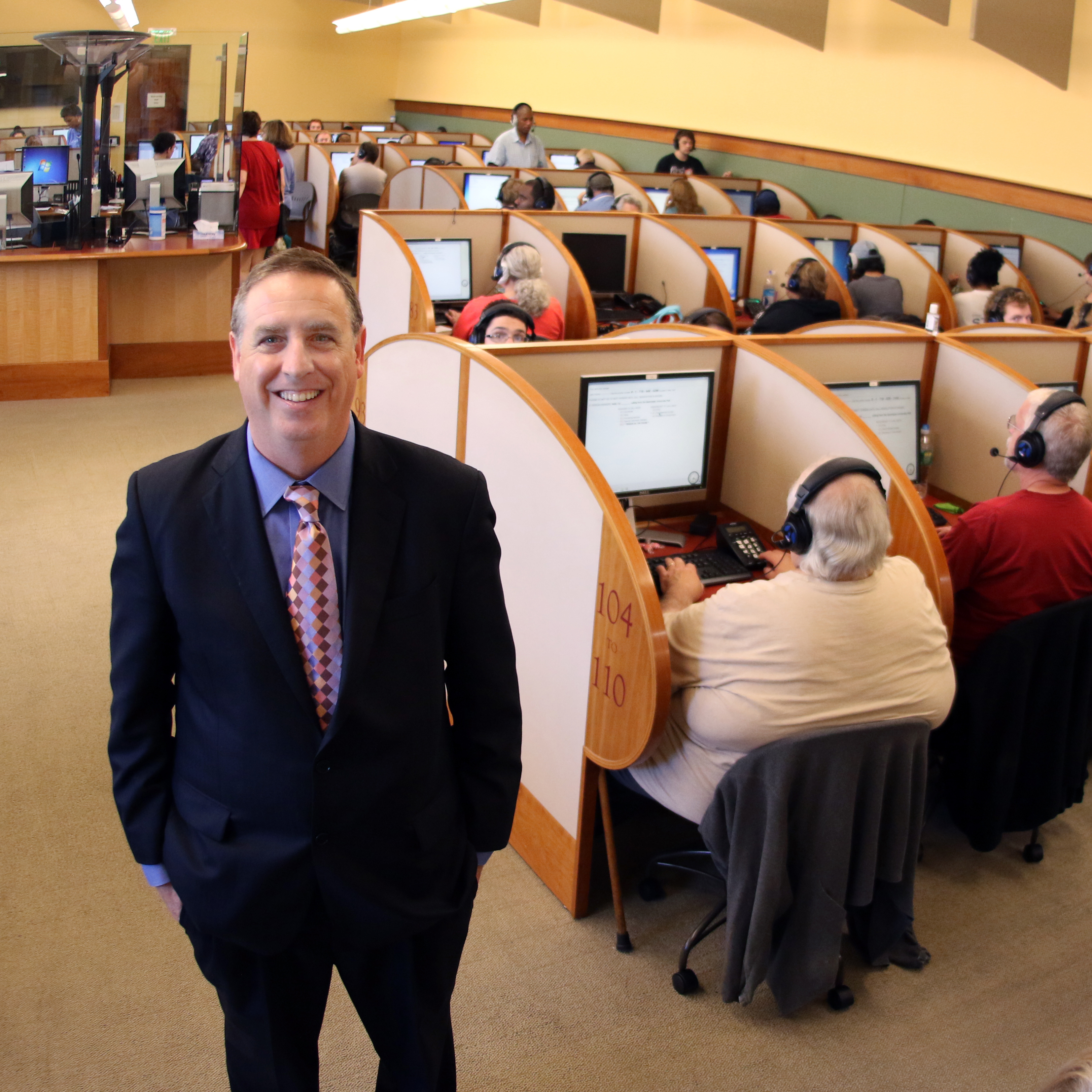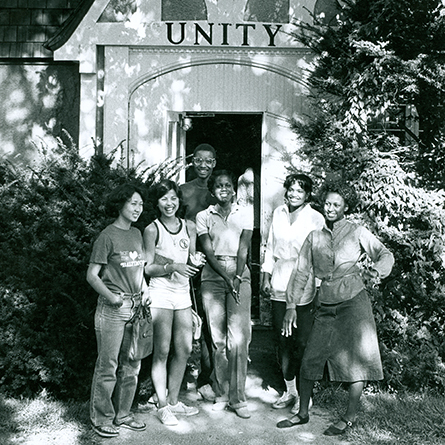
Swinging the election
Doug Schwartz ’88 and the Quinnipiac University Poll are taking center stage in an unprecedented presidential race.

Hillary Clinton is dishonest. Donald Trump is arrogant.
And those are the responses that can be published.
“There were plenty of swears,” said Doug Schwartz ’88.
“Use one word to describe each presidential candidate” was the prompt the Quinnipiac University Poll came up with in an attempt to get more accurate information out of the general electorate. Rather than just focusing on one-on-one election scenarios, the poll has questioned favorability and in which candidate voters have more trust.
In what has become the most contentious election in recent American history, poll numbers are playing a bigger role than ever—and pollsters like Schwartz, director of the “Q Poll,” are looking for new ways to stand out from the ever-growing crowd.
“I’ve never seen candidates use poll numbers like this, especially Donald Trump,” said Schwartz, who has been director of the Quinnipiac poll since 1991. “But the attitude changes with the results. Pollsters feel the wrath from a candidate and their supporters when the polls aren’t favorable towards them.”
In polling, however, respect wins the day over likability—and you earn respect by being accurate. During Schwartz’s tenure, the Quinnipiac poll has grown from a regional outfit to a nationally recognized name in political polling. Its results have been praised by The New York Times and Fox News, as well as renowned statistics guru Nate Silver, who gives the poll an “A“ rating on his popular website, FiveThirtyEight.
But criticism persists in this political climate. In July, pundits hammered the Quinnipiac poll for showing Trump either in the lead or neck-and-neck with Clinton, while many other national polls showed Clinton with a sizeable lead.
Schwartz said he handles the criticism “carefully,” but will occasionally strike back to defend the institute’s work. In response to the backlash this summer, Schwartz published a post on the poll’s Facebook page, “The Poll Unskewers Miss the Point.” He pointed out that during the 2012 election, some pollsters showed Republican Mitt Romney edging out President Barack Obama.
In the end, Obama won comfortably. Schwartz said he sees much of the same misinformation being spread this cycle.
“This presidential election already has defied more predictions than any in modern political history,” he wrote. “There are so many ‘firsts’ that could affect turnout, nobody knows what will happen.
“So how do we know which polls to trust?” he continued. “I would trust the polls with proven track records.”
The Quinnipiac poll has that proven track record, but it also has innovative ideas. The Q Poll was one of the first to poll heavily in key swing states—Florida, Pennsylvania, Ohio—in 2008, providing integral information in the run-up to Barack Obama’s first presidential victory. In this election, the poll has added Virginia, Iowa and Colorado to its swing state polling, and has also focused on important Senate and House races.
“We thought the media and the public would find this information useful, and you’ve seen many other polls follow this model,” said Schwartz.
Since the strongest criticism of the Q Poll was levied in July, Schwartz said he has seen their numbers fall more in line with other national polls, showing Clinton with a slight lead.
In an unprecedented presidential race—as Schwartz referred to it, the “hold-your-nose-and-vote election”—the polls often give us the best insight on how an election will end.
Numbers don’t lie.
“Polls debunk conventional wisdom,” Schwartz said. “This race will be closer than people think.”
September 27, 2016
